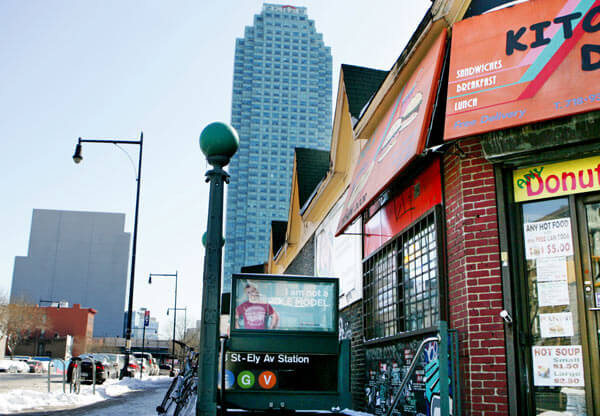By Philip Newman
The Metropolitan Transportation Authority has examined the G subway line at the request of two state senators and found what the MTA calls “opportunities to improve service.”
The MTA said the 11.4-mile G line, which serves parts of Queens and Brooklyn, could use more frequent trains, improved operating times and a change in places where trains stop.
The cost of increasing service would run around $700,000 and would need approval from the MTA board.
The MTA had no immediate cost figure for all the suggested improvements in the G line.
The review of service on the G line was requested by state Sens. Daniel Squadron and Martin Dilan, both of Brooklyn
“The line is a vital connection for customers in fast-growing parts of our service area, and this review will be an important tool for making both short-term improvements and long-term additions to our service,” said MTA Chairman Thomas Prendergast.
”We are pleased to be able to take these steps to improve service for all of our G train customers.”
Squadron welcomed the review.
“Now G-train riders will be en route to much-needed relief that may one day lead to the G meaning Great. These recommendations will allow the G to keep pace with skyrocketing growth in Brooklyn and Queens and make the notorious G Train Sprint a thing of the past,” Squadron said in reference to straphangers being forced to run to the far end of a station to catch short G trains.
The MTA’s recommendations for improving G train service:
Increase G train service by 25 percent in the afternoon and evening, running more trains from about 3 p.m. to 9 p.m.
Run trains at more even intervals rather than having some bunched together and some with long waits in between.
Add public announcement systems at 12 G train stations that now lack them so the MTA can update customers in real time when there are service changes.
Make changes to train operations For example, opening all doors earlier on trains waiting at Court Square so that passengers can spread throughout the train instead of bunching together near the one open door.


































